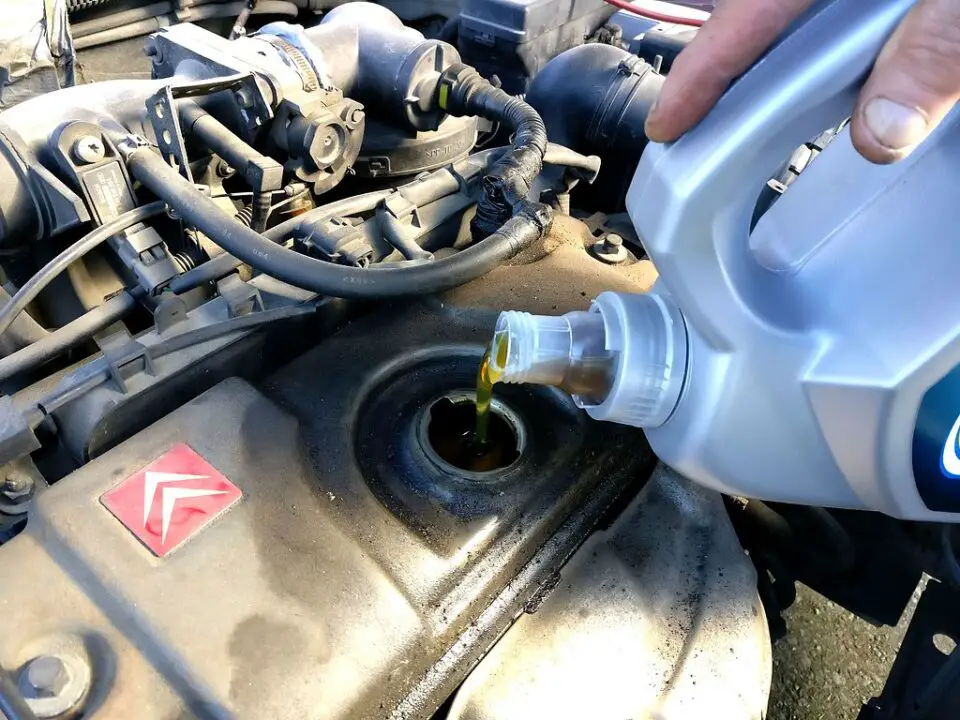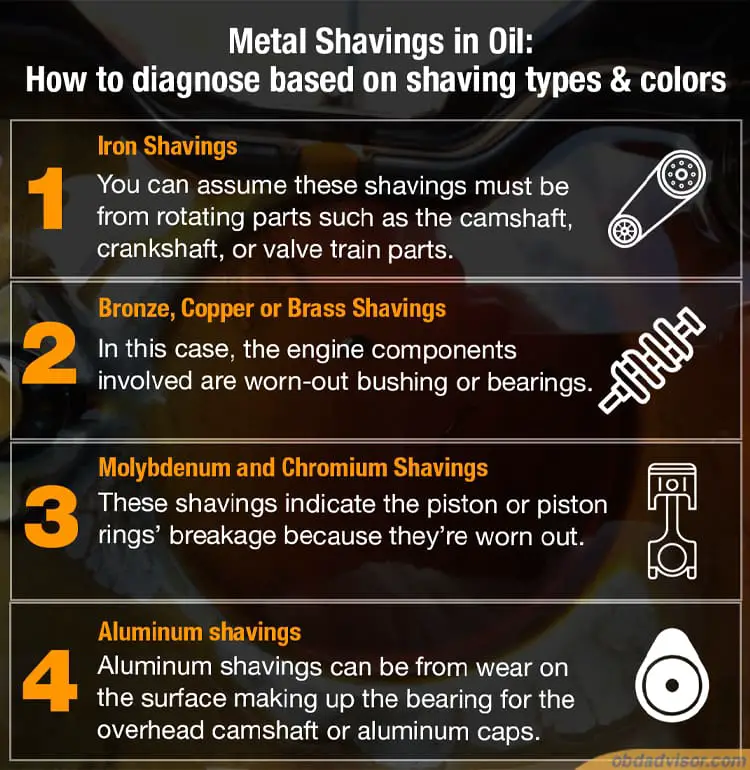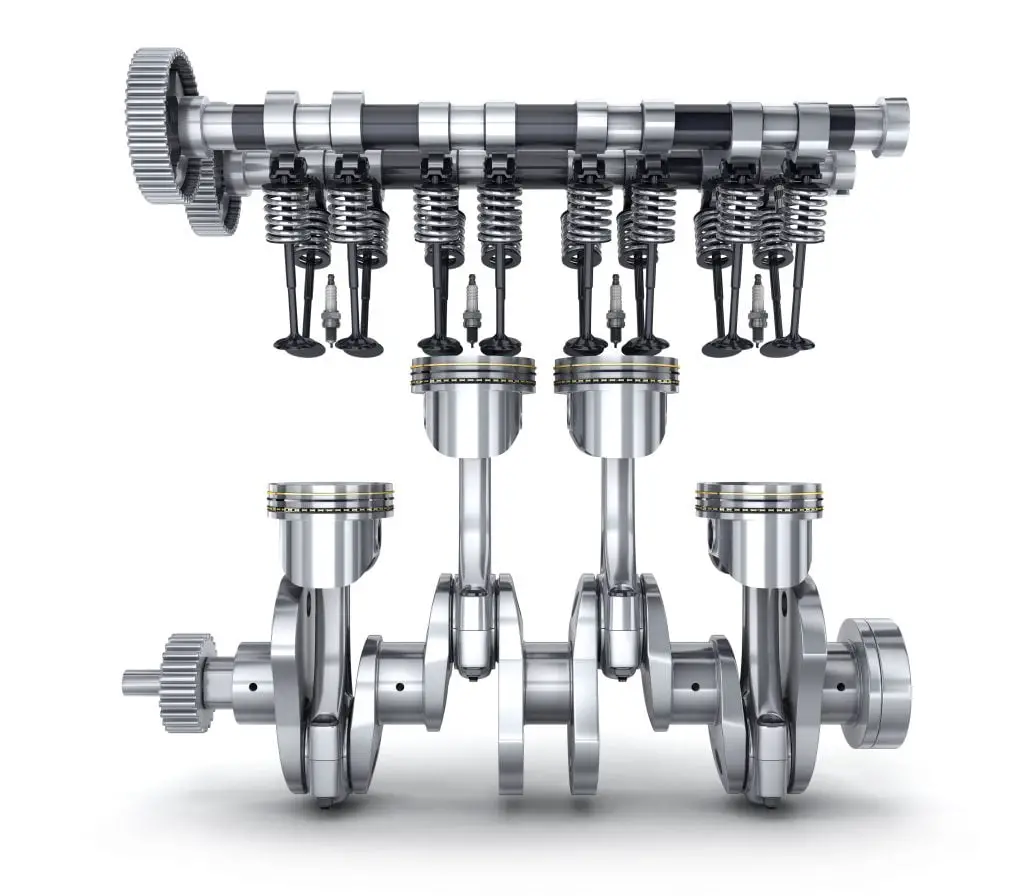You pull the dipstick as part of your daily routine and see particles glaring through the oil. Your mind is racing. Is this engine doomed? You wipe the rag off, and the damage becomes more visible. Metal shavings in the oil? How do I diagnose this problem? What type of failure has occurred to send minute parts of the engine into the lubrication system? It will take some thorough investigation to determine what is going on inside the engine.
When Metal Shavings Are the Causes of Engine Oil Contamination?

It is essential to clarify what is contaminating the engine oil. Is it metal flakes, shavings, or chunks? What color are the flakes? Are they metallic, copper, brass, or bronze? What would you consider normal wear? These questions will help you determine where to begin in the diagnostic process.
Secondly, we must erase all thoughts of possible debris left during normal wear of an engine caused by friction of moving parts. In this case, normal wear is not visible to the naked eye. Microscopic metallic shavings are not a cause for concern unless substantial. They are usually picked up by the oil filter while traveling through the lubrication system.

After determining that the metal shavings are coming from some types of failure in the engine, the next course of action is to narrow down the possible causes of metal shavings. Check the oil pressure gauge if equipped. Most of today’s cars and trucks do not have an oil pressure gauge. If this is the case, many kits can be used to tap into an oil gallery for an accurate oil pressure reading. Check the engine at idle; a regular oil pressure reading ranges from 15 to 45 psi at idle to around 45 psi to 85 psi at 2,000 rpm. These ranges vary according to oil viscosity, engine size, and if the engine is cold or warm. Check the manufacturer’s specifications to be sure.
Low oil pressure coupled with metal shavings in the oil is a sure sign that the engine bearings can be worn. As the main, rod, and/or camshaft bearings wear, the clearances become larger, which decreases the squeeze that helps increase the pressure from the oil pump for proper lubrication of vital engine parts. A worn oil pump can also cause low oil pressure, but oil shavings would be rare except for a catastrophic oil pump failure.
Read more: The Chrysler MS-6395 motor oil certification: High-qualified motor oils
Metal Shavings in Oil: How to identify? What should I do?

Confirming the color and type of shavings in your oil is the best way to decipher what has failed inside the engine. If you find that the shavings are iron, which can be easily detected with a magnet, you can assume they must be from rotating parts such as the camshaft, crankshaft, or valve train parts. Turbocharger failures can also contaminate the oil with metal shavings.
These types of failures will affect the engine performance. A worn turbo will make noise and cause the engine to burn oil. Valvetrain failures will cause the engine to run rough and set a trouble code.

If the shavings are copper, brass, or bronze, the likely failure is a worn bearing or bushing. Camshaft bearings, wrist pin bearings, crankshaft, or turbo thrust bearings will leave behind copper-colored shavings or dust particles. Noise from the engine will be apparent when these components wear to the point of leaving shavings in the oil.
The primary and rod bearings contain three layers, each containing a different metal. The hard steel back is the strength of the bearing. The second layer is the lining, which is an aluminum alloy made to absorb imperfections and catch and embed small particles. The third layer is the lead or “babbitt” layer. This layer is very thin, less than one-thousandth of an inch. It contains tin and copper. When these bearings wear, they will leave definite clues. A catastrophic main or rod bearing will cause the bearing to spin and leave behind large steel or copper-colored shavings, a telltale sign of main or rod bearing failure.
Worn main and rod bearings will also exhibit a loud knocking sound that will increase with engine speed. As stated earlier, as the main bearings wear, the oil pressure will also drop. Rod bearing failures will not cause a decrease in oil pressure.
Chromium and molybdenum are metals used in pistons and piston rings. Pistons and piston rings wear, and breakage does occur, but the engine would also leave white or grey smoke behind and use excessive amounts of oil.
Aluminum engine blocks, cylinder heads, pistons, and manifolds have become the norm in today’s engines. Aluminum shavings in the engine oil can be from wear on the surface that makes up the bearing for the overhead camshaft or the aluminum caps that hold the camshaft in place. Loose timing components can wear the surface of the block and leave aluminum shavings or flakes.
Final Thoughts
The bottom line is that engines do wear and fail, leaving behind traces of broken or worn components. Without tearing the engine down for a significant overhaul, it can be challenging to pin down the cause of metal shavings in the oil.
The lack of clues such as knocking or rapping, blue smoke, and misfires can lead you down the road to frustration. In this case, oil analysis is your best bet to see what material is floating around in your oil and how much.
Most major oil suppliers and auto parts stores offer oil analysis kits for twenty to thirty dollars. Get a sample in the jar provided, send it out, and in a few days, you will get an in-depth breakdown of any wear metals or contamination in your oil.
Take the time to use your senses and the clues your engine provides to make a quick and accurate diagnosis of the cause of metal shavings in the oil.
Read more: Oil Light: Why is it on? What to do?